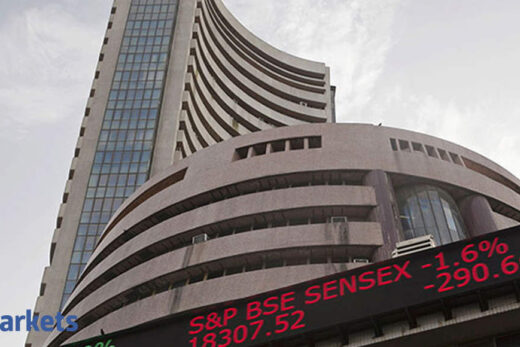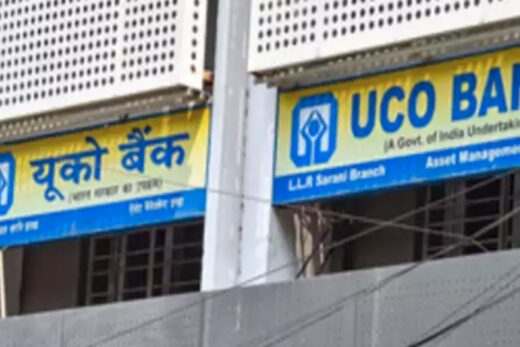This phase characterised by continued decline in trade to GDP ratio (exports+imports of goods and services declined to sub 40 per cent from 58 per cent in FY11), falling investments & savings rate and persistent decline in sales growth & return ratios of the manufacturing sector is emblematic of a structural downdraft in potential growth. Given the declining employment elasticity the rise in unemployment rate also highlight the compelling need for rapid and persistent gains in capital formation. Are we nearing the end of the investment drought?
We assess this question against our framework of Nine points towards the next sustainable growth cycle (formalized on 2013), which defines necessary macro conditions for revival of private capex cycle. This draws upon prior cycles with a focus on
- Productivity viz. return ratios of companies, terms of trade of manufacturing sector,
- Macro stability, including higher capex by the public sector, low inflation, revival in household savings, stable external balances, improving supply responses, and
- Regeneration of necessary buffer in the form of deleveraging of corporate balance sheet, resolution of bank NPAs and recapitalization of PSU banks.
We find that while stable external balances and improved balance sheets of corporates and banks are constructive progressions, they are still not sufficient for capex revival. In our view, the lagging demand condition is the biggest drag. Multiple shocks such as demonetization, dislocation arising from GST implementation, the NBFC crisis, fiscal conservatism, global trade wars, and the Covid Waves 1 & 2 have structurally impacted the demand side.
Some key macro conditions that have progressed favourably.
First, there has been considerable improvement in external balance position, including CAD turning surplus in FY21 at 0.9 per cent of GDP, steep rise in RBI’s Fx buffer at USD 610 bn. Favourable financial conditions have enabled fund raising by many sectors, including banks.
Second, deleveraging of corporate balance sheets, reflected in the sharp decline in debt/equity ratio of the non-financial sector for BSE500 (constant set of companies existing since 1998) to 63 per cent in FY21 from 92 per cent in FY20.
Third, higher capital base of banks (CAR at 15.8 per cent in FY21), lower NPAs (7.5 per cent of advances and deleveraged corporate balance sheets are necessary buffer for private capex revival and ability of banks to fund it. The present scenario is indicative of high risk aversion among banks and companies.
However, there are other conditions that have still not been met.
First, very low productivity of capital for Indian companies at 2-3 per cent despite the cost tailwinds in FY21 due to the pandemic shock.
Second, despite the bump-up in capital allocations by government (30 per cent YoY) the progress towards improving the mix of government spending towards capital outlay has been moderate. Capex as per cent of total has increased marginally to 16.5 per cent, but its impact on overall capital formation has been less than 4 per cent of GDP; overall public sector capital formation has remained low at 7 per cent of GDP (vs 9 per cent in FY08).
While total government revenue spending in nominal terms remained higher compared to our framework (12 per cent YoY during FY11-FY21), the real growth has been modest, averaging at 5.8 per cent. Thus, amid the declining trade/GDP ratio, weak private capex, rising unemployment and several shocks the crowding in role of fiscal expansion has been missing.
Third, India’s saving rate continues to decline at 30 per cent (37 per cent FY08), along with sharply lower household savings rate (19.3 per cent in FY20, 24 per cent at the peak) and household financial savings rate (7.8 per cent vs 10.5 per cent). Domestic savings explains 98 per cent of domestic invests & it should precede a private capex cycle.
Our stylized “Anatomy of Investment Cycle” drawn from across business cycles indicate that inflection point from a low to high investment cycle is characterised by: a) sustained rise in asset turnover ratio (rising and sustaining above 120 per cent for couple of years), b) rising trend in productivity of capital measured by RoCE and RoE, c) sufficient spread between RoE and risk-free rate (1500bps over 10-Year G-Sec yield) to stimulate favourable risk-reward conditions, d) sufficient decline in debt-equity ratio.
Interestingly, the steep rise in cash flow from operations/Sales for all non-finance companies from 9 per cent in FY08 to 13 per cent in FY21 has resulted in repayment of borrowings (13 per cent of sales to 1 per cent). At the same time acquisition of fixed capital has declined from 15 per cent to 6 per cent. Thus the current declining cycle has been 13 years long, much longer than to be justified as a cyclical downturn.
This is because the return ratios for the non-finance sector, particularly for the manufacturing, have continued to decline to 2-3 per cent in FY21 from peaks of 16-18 per cent in FY05-08, and is lower than 10-12 per cent in FY03-04 at the advent of the last investment cycle. For BSE500 companies it has declined to 8 per cent from a peak of 20-22 per cent. Thus, with spread over the risk free 10 G-Sec yield at 6.1 per cent reflect inadequate incentive for manufacturing sector to go ahead and invest.
The biggest big drag is on the demand side, reflecting in low asset utilisation. The asset turn ratio of BSE 500 non-finance companies at 68 per cent is at 25 years low, which is corroborated by RBI’s estimate of capacity utilization for manufacturing sector at 66 per cent compared to 80 per cent in 2010. During the past 25 years there have been four occasions of deleveraging of varying magnitudes, of which three have been after 2008. But it was only the FY00-04 phase of deleveraging which triggered investment boom.
The key difference is that in the pre-2008 era deleverage was associated with rising asset turn and rising return ratios. These are absent since FY21. Thus, projects announced by private companies are still 50 per cent (Jun’21) lower than Q4FY11 peak; there is a selective rise in sectors such as chemicals and metals.
Overall, market buoyancy around the capital goods segment reflected in the outperformance of BSE Cpital Goods index over NIFTY50 in the recent months contrasts its underperformance over the past decade. The consensus estimates are also baking in about 60 per cent average growth in earnings for the segment over the next two years. These possibly suggest the gaining view favoring an imminent revival in the private capex cycle.
Our latest assessment suggests while there have been some positive progress in FY21 towards private capex inflection point, there are a few crucial laps to finish before it decisively break from the 13 years of decline emerges. A big push on demand recovery backed either by public spending or positive global spill over will be crucial in shortening the revival process, in our view.



